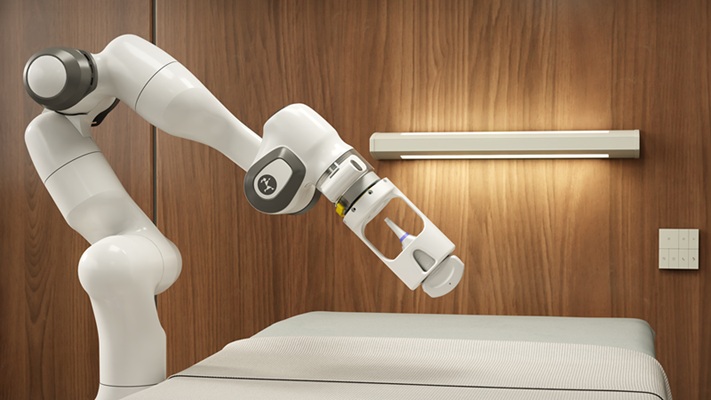Global Magnetic Resonance Imaging (MRI) Market to be driven by Advancements in Medical Diagnostics
By MedImaging International staff writers
Posted on 12 Jun 2020
The global magnetic resonance imaging (MRI) market was valued at USD 5.90 billion in 2017 and is projected to register a CAGR of 5.2% from 2018 to 2026, driven by increased demand for MRI equipment across the world due to a substantial rise in incidence of disorders related to spine, neurology, orthopedic, cardiovascular, head and neck, and abdominal and prostate.Posted on 12 Jun 2020
These are the latest findings of Transparency Market Research (Baner, Pune, India), a market research and consulting company.

Image: Magnetic Resonance Imaging Market (Photo courtesy of Transparency Market Research)
The effectiveness of MRI scans in diagnosing disorders in the brain, spinal cord, and other critical regions is driving sales of the global MRI market. The need to treat and manage spinal disorders has given a thrust to the growth of the global MRI market. Medical practitioners give immense importance to MRI scans while treating and managing cases of spinal disorders. Furthermore, the rising incidence of neurological disorders has also provided an impetus to the growth of the global MRI market. The relevance of MRI in the domain of orthopaedic testing has also boosted its market growth. Besides, the health of people suffering from prostate diseases is also monitored with the help of MRI scans. Several new treatment lines that involve the use of MRI have come to the fore in recent times. The domain of cardiovascular surgery has also emerged as a prominent user of MRI technologies. Head and neck injuries are diagnosed using specialised MRI machines.
Additionally, there is increasing pressure on governments to explore avenues for improving health care facilities for the geriatric population while reducing the financial burden. An upsurge in the geriatric population is likely to boost the demand for health care products and services as this segment of population is more prone to diseases, such as, orthopedic (osteoporosis), cardiovascular diseases, etc. The identification of these disorders is crucial for decision making and ensuring proper treatment. These diseases can be accurately diagnosed with the use of imaging equipment, such as MRI. Hence, a rise in the aging population is expected to drive the growth of the global MRI market in the near future.
The development of health care infrastructure in the emerging economies, coupled with growing awareness about the available treatment options for spine, neurology, orthopedic, cardiovascular, head and neck, and abdominal and prostate health issues has led to rapid adoption of the latest MRI equipment in regions, such as, Asia Pacific, the Middle East, Latin America, and emerging African countries. Increased efforts made by government and health care organizations in such countries for the efficient treatment of patients have boosted the adoption of MRI equipment. Geographically, North America dominated the global MRI market in 2017. Going forward, technological advancements, increase in prevalence of chronic diseases, rapid adoption of MRI equipment by service providers, and rise in demand for early diagnose of diseases are likely to boost the growth of the North American MRI market during the forecast period. The MRI market in Asia Pacific is expected to witness a significant growth during the forecast period, driven by untapped opportunities, improving health care infrastructure, favorable government initiatives, and increase in the geriatric population.
However, the high price of MRI scanners is a major restraining factor for the growth of the MRI market in the emerging countries. In these regions, complementary systems, such as ultrasound are installed as an alternative to MRI equipment. Moreover, despite the procurement of expensive high resolution closed system MRI equipment, they cannot be used fully as a large number of patients suffer from claustrophobia and have reservations against using such equipment. These factors have resulted in limited adoption of premium devices, such as, very high field MRI (4.0t - 5.0t) and ultra-high field MRI (6.0t and above), thereby leading to average growth of the MRI market. Nevertheless, technological advancements have prompted the development of high resolution open MRI equipment. These devices are likely to be widely accepted in the near future due to better patient compliance and improved skills of caregivers.
Related Links:
Transparency Market Research














